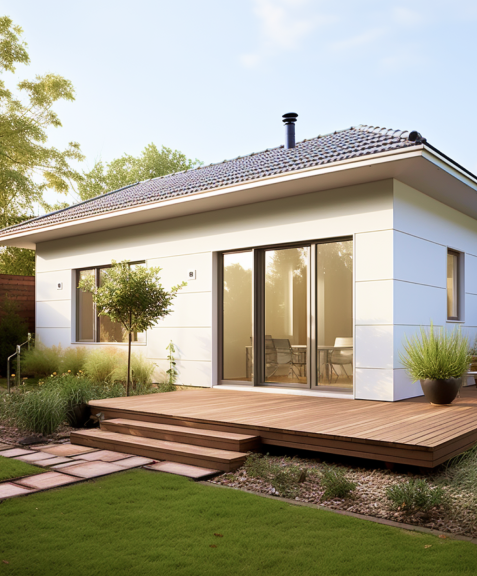
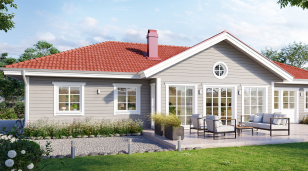



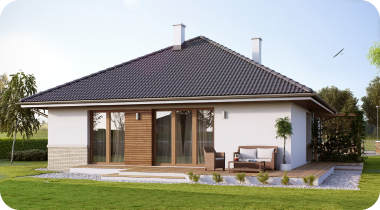
A link to download your FREE brochure will be in your inbox in 3 minutes
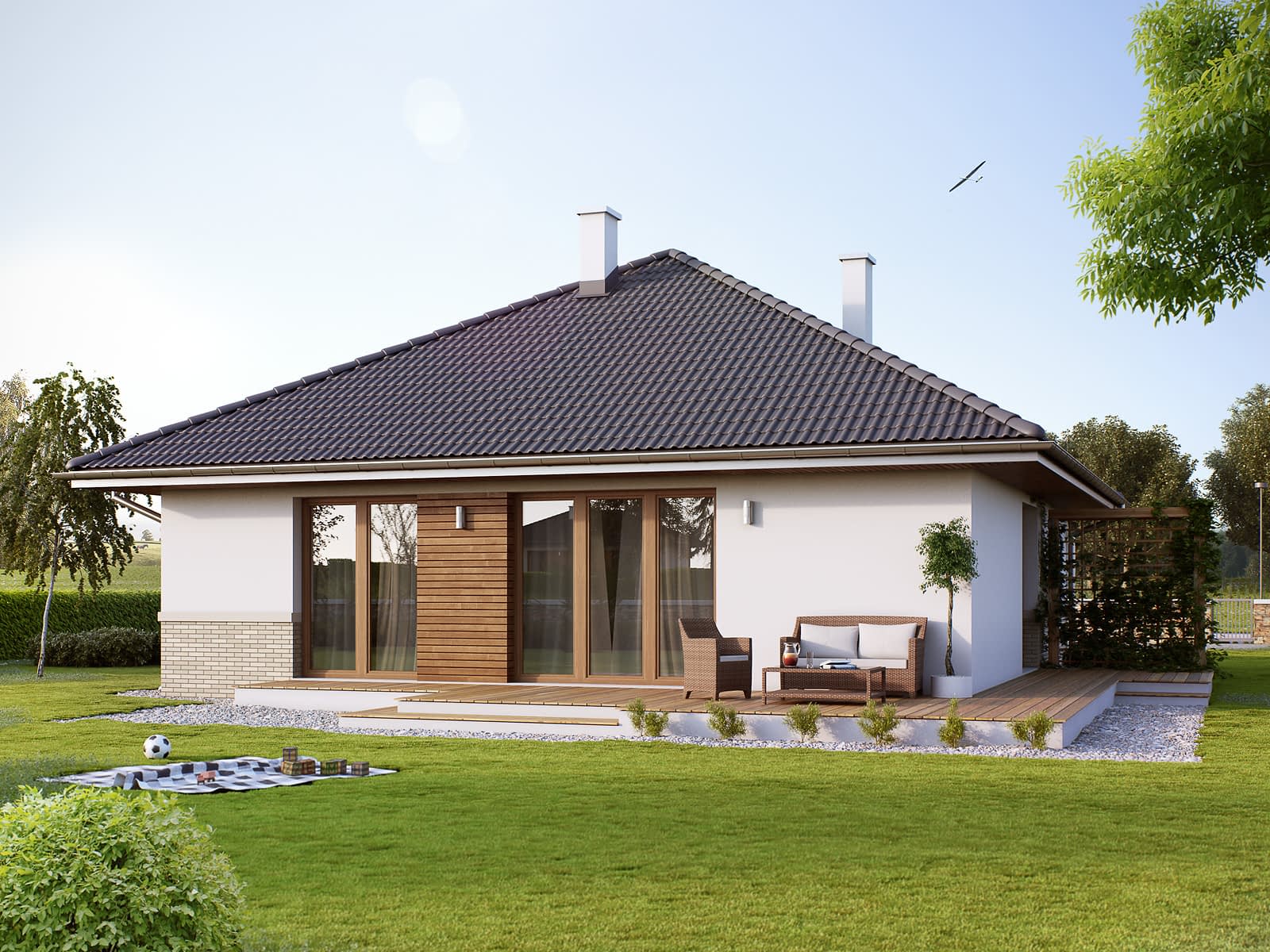






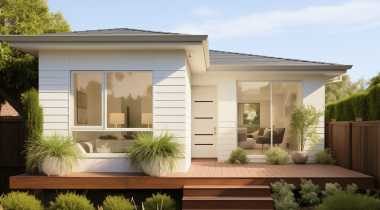











The final price may vary based on project specifics.
To get a free accurate quote tailored to your needs, book a consultation with us today!

The price per square foot provided is an average and may vary depending on project-specific details such as materials, location, complexity, and other factors. Actual costs may differ from the average provided.
It is recommended to obtain a detailed quote based on the specific requirements of your project.

Please note that the monthly payment displayed on this page is an estimate and is subject to variation based on the selected loan product, applicants credit score, loan amount, and other financial details. Actual monthly payment may differ from the estimate provided.
It is recommended to seek advice from a financial advisor or loan officer to obtain precise payment information tailored to individual circumstances.
 Your Trusted
Local Contractor
Your Trusted
Local Contractor

The tiny house phenomenon has indeed taken the world by storm, surging in popularity as many embrace the allure of simpler, smaller living. But as the movement grows, one query consistently emerges among both curious minds and potential tiny homeowners: how tall are tiny homes? Delving into this, it's essential to recognize that the answer doesn't merely lie in a straightforward measurement.
Understanding the height of a tiny house requires a comprehensive look at various factors, from the tiny house dimensions and tiny house trailer dimensions set forth by regulations to design strategies implemented in these compact abodes.
In essence, when you ask, "how tall are tiny homes?", you're diving into a complex blend of regulations, design principles, and innovative solutions all geared towards optimizing and celebrating the beauty of tiny house living.
The height of a tiny home largely depends on its type and purpose. For instance, a stationary tiny house interior height might differ compared to a mobile one meant for towing.
Most tiny houses designed to be on wheels have a standard exterior height of approximately 13.5 feet tall to comply with U.S. transportation regulations. It is an important thing as this ensures your small home can safely travel beneath bridges and through tunnels.
The trailer, which is the foundation for such homes, can vary in trailer height. However, most tiny house trailer dimensions are around 2 to 3 feet tall. When you include the tiny house structure itself, it gives you an average tiny house height.
Stationary tiny houses don’t need to consider towing capacity or the size of a tow vehicle. Therefore, their heights can be more flexible, sometimes even exceeding the 13.5-foot standard set for mobile homes.
Understanding height regulations is crucial for tiny house owners, particularly those wanting to take their homes on the road.
As for the maximum length, tiny houses can reach 30 feet. However, the total length is 53 feet from which we need to subtract the length of the truck.
The interior height is vital for ensuring a spacious feeling in such a small space.
Optimizing the vertical space within tiny homes is a clever way to make the most out of such a small space.
The height of a tiny home goes beyond mere dimensions and extends into a realm shaped by a myriad of factors. When pondering the question, "how tall are tiny homes?", one must consider intricate elements such as local regulations, height restrictions, and the subtle design nuances that offer a spacious feeling within such a small space. From tiny house trailer dimensions that are crucial for those looking to tow their abode on highways, to ceiling heights that ensure a cozy yet non-claustrophobic living space, every inch matters.
Additionally, the tiny house loft height plays a quintessential role in defining the sleeping space and overall comfort for tiny house owners.
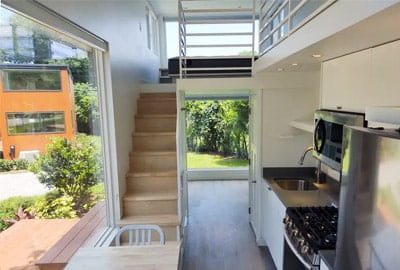
Whether you're an enthusiast gearing up to dive deep into the tiny house movement with a mobile tiny house on wheels or you're envisioning a stationary small house nestled in a serene location, a thorough grasp of the height aspect, alongside other size-related details like square feet and trailer length, is indispensable. Indeed, every element, whether it's the shed roof style to enhance loft space or the standard height to ensure you safely travel without needing permits, contributes to the holistic tiny house experience.
As you embark on this tiny house journey, remember that understanding these vertical dimensions is not just crucial for practicality but is also a vital step towards realizing your tiny house dreams and fully embracing the essence of tiny home living.
Most tiny house trailers are 8.5 feet wide. The length, however, can vary widely, often ranging from 12 to 40 feet, depending on the desired size of tiny house the owner wants.
Always double check the gross vehicle weight and towing vehicle capacity. Moreover, keeping the tiny house dimensions, especially height, within the maximum size recommended (13.5 feet tall, 8.5 feet wide) ensures you can safely navigate roads.
Not necessarily. However, the average height and design complexity, combined with materials used, can influence costs. It's always wise to evaluate if the extra inches in ceiling heights will bring about higher costs during the building process. So, it is not always about square feet or max size.
Get a First Look at Real ADU Projects